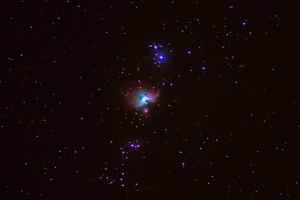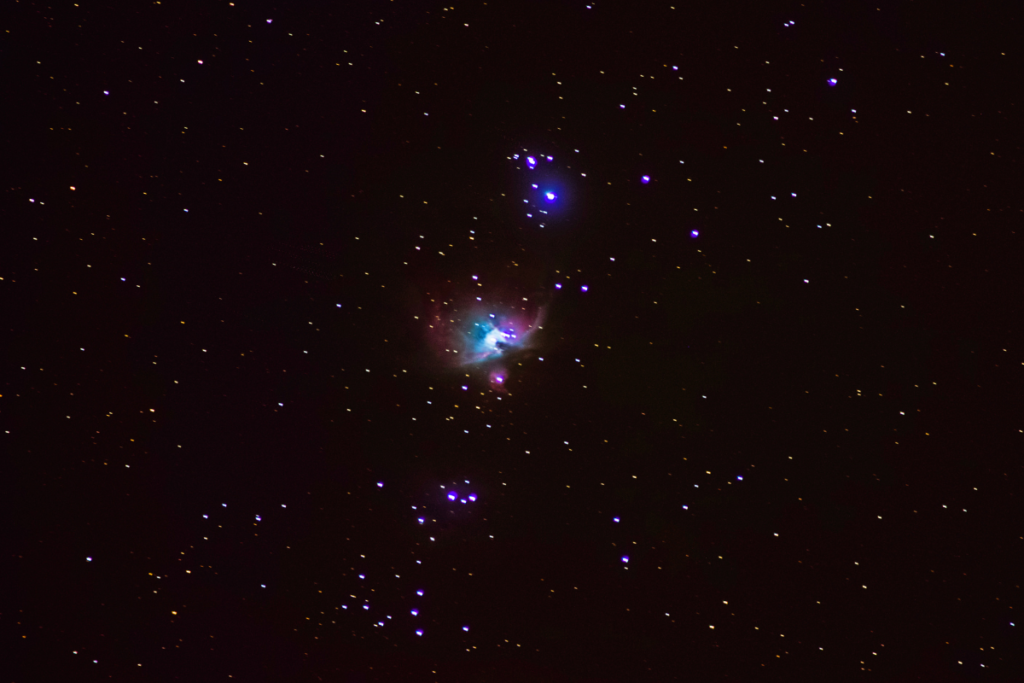Introduction to the Brightest Star in Orion
The night sky is filled with countless wonders, but few constellations are as captivating as Orion. Known as the “Hunter,” this celestial formation stands out with its easily recognizable pattern. Among its bright stars, Betelgeuse shines the brightest, not just in the constellation but as one of the most luminous stars visible to the naked eye. But what makes Betelgeuse so fascinating, and why is it often the subject of awe and curiosity?
The Orion Constellation: A Celestial Giant
Historical Significance of Orion
Orion is one of the most well-known constellations, visible from nearly every part of the world. It has been recognized by various civilizations for thousands of years. Ancient Egyptians associated Orion with Osiris, the god of the afterlife, while the Greeks saw it as a mighty hunter. This constellation has been a significant point of reference for navigation and storytelling across cultures.
Orion in Different Cultures
Different cultures have unique interpretations of Orion. In Hindu mythology, Orion is referred to as “Mriga,” the deer. Indigenous peoples of North America saw Orion as a celestial figure chasing after prey. Regardless of the name or interpretation, Orion has universally been considered a figure of power and prominence in the heavens.
Betelgeuse: The Brightest Star in Orion
Physical Characteristics of Betelgeuse
Betelgeuse, located on the left shoulder of Orion, is a red supergiant and one of the largest visible stars in our sky. Its diameter is estimated to be about 1,000 times larger than that of our Sun, making it truly massive. However, Betelgeuse’s most noticeable trait is its red-orange hue, easily distinguishable from other stars.
Betelgeuse’s Position in Orion
Betelgeuse marks the top left corner of Orion and is easily found once you locate Orion’s Belt. The three stars that form the belt act as a guide to identifying the rest of the constellation, with Betelgeuse standing out due to its color and brightness.
What Makes Betelgeuse So Bright?
Size and Mass of Betelgeuse
The immense size of Betelgeuse plays a significant role in its brightness. Even though it is much farther from Earth than some of the other bright stars we see, its vast size compensates for the distance, allowing it to outshine many closer stars.
Betelgeuse as a Red Supergiant
Betelgeuse is classified as a red supergiant, a star in the late stages of its life. Red supergiants are characterized by their enormous size and lower surface temperatures compared to smaller stars. This combination of cool temperature and massive size gives Betelgeuse its distinct red hue.
Luminosity and Energy Output
Betelgeuse’s brightness also stems from its incredible luminosity, which is thousands of times greater than that of our Sun. Its energy output, fueled by nuclear reactions happening deep within its core, ensures that it remains one of the most prominent stars in the sky.
The Life Cycle of Betelgeuse
Formation and Evolution of Betelgeuse
Betelgeuse began its life millions of years ago as a massive star, much larger than our Sun. Over time, it evolved into the red supergiant we see today. Its size indicates that it has already burned through much of its hydrogen fuel and is nearing the end of its life cycle.
The Future of Betelgeuse: Supernova?
Astronomers predict that Betelgeuse will eventually explode in a spectacular supernova. While this event will mark the end of Betelgeuse as we know it, the explosion will be a dazzling display, potentially visible during the day from Earth. However, don’t pack your bags just yet — this is unlikely to happen for at least another 100,000 years.
The Myth of Betelgeuse’s Imminent Explosion
Why People Think It Could Explode Soon
Speculation about Betelgeuse’s imminent supernova has been around for years, particularly after the star began to dim in recent times. The excitement surrounding its potential explosion comes from our fascination with cosmic events, but current scientific models suggest that we’re still quite far from witnessing this spectacle.
How Long Until Betelgeuse Becomes a Supernova?
Although Betelgeuse is nearing the end of its life, predicting the exact timing of its supernova is challenging. Estimates suggest it could happen anytime in the next 100,000 years, so while it’s exciting to think about, it’s not something that will happen in our lifetimes.
Betelgeuse’s Behavior: The 2019 Dimming Event
What Happened in 2019?
In late 2019, Betelgeuse made headlines when it dimmed significantly, sparking rumors that it was about to explode. This dimming event puzzled scientists and led to various speculations about the star’s future.
Scientific Explanations for the Dimming
Researchers eventually concluded that the dimming was likely caused by a cloud of dust or changes in the star’s surface. While it wasn’t a sign of an impending supernova, it provided valuable insight into the star’s behavior.
How to Spot Betelgeuse in the Night Sky
Finding Orion’s Belt
The easiest way to locate Betelgeuse is by first finding Orion’s Belt, a straight line of three bright stars in the center of the constellation. From there, look up and to the left to spot the reddish hue of Betelgeuse.
Locating Betelgeuse from Different Hemispheres
Betelgeuse is visible from both the Northern and Southern Hemispheres. In the Northern Hemisphere, it is best seen during winter months, while in the Southern Hemisphere, it can be spotted during summer.
The Significance of Betelgeuse in Astronomy
Betelgeuse as a Tool for Studying Red Supergiants
Betelgeuse has become a subject of intense study for astronomers, as it provides a unique opportunity to observe the late stages of a red supergiant’s life. By studying Betelgeuse, scientists can better understand the life cycles of massive stars.
Betelgeuse’s Contribution to Stellar Evolution Research
The detailed observations of Betelgeuse help astronomers refine their models of stellar evolution. The star’s behavior offers insights into how stars change over time and how they ultimately meet their end in a supernova explosion.

Orion’s Other Notable Stars
Rigel: The Second Brightest Star in Orion
While Betelgeuse gets a lot of attention, Rigel, located on Orion’s right leg, is also one of the brightest stars in the night sky. Unlike Betelgeuse, Rigel is a blue supergiant, and its brightness comes from its high temperature and energy output.
Bellatrix and Mintaka: Other Key Stars
Orion is home to other notable stars like Bellatrix and Mintaka. While they aren’t as bright as Betelgeuse or Rigel, they form critical parts of the constellation’s distinctive shape.
#FirstAmerican #EarthMoonandSunOrbits #AiAppointmentBookingBot #AiArtAnimal
Cultural References to Betelgeuse
Betelgeuse in Mythology and Legends
Betelgeuse has found its way into many myths and legends across different cultures. Its brightness and red color have often been associated with gods, warriors, and legends of great power.
Betelgeuse in Popular Media
In modern times, Betelgeuse has been immortalized in pop culture, perhaps most famously through the film “Beetlejuice,” which borrows its name from the star.
Conclusion
Betelgeuse, the brightest star in Orion, continues to captivate astronomers and stargazers alike. Its immense size, fiery red color, and unpredictable behavior make it a stellar object worth observing. While its future holds the promise of a supernova, for now, it remains a fascinating beacon in the night sky.
FAQs
What is the brightest star in Orion?
Betelgeuse is the brightest star in the Orion constellation, known for its red hue and massive size.
Will Betelgeuse become a supernova soon?
While Betelgeuse is expected to explode in a supernova eventually, it is unlikely to happen within the next 100,000 years.
Why did Betelgeuse dim in 2019?
The 2019 dimming event was likely caused by a cloud of dust or surface changes, not an impending supernova.
How can I locate Betelgeuse in the night sky?
To find Betelgeuse, locate Orion’s Belt and look up and to the left to spot its distinct red glow.
What other bright stars are in the Orion constellation?
Other bright stars in Orion include Rigel, Bellatrix, and Mintaka, each playing a key role in forming the constellation’s iconic shape.


